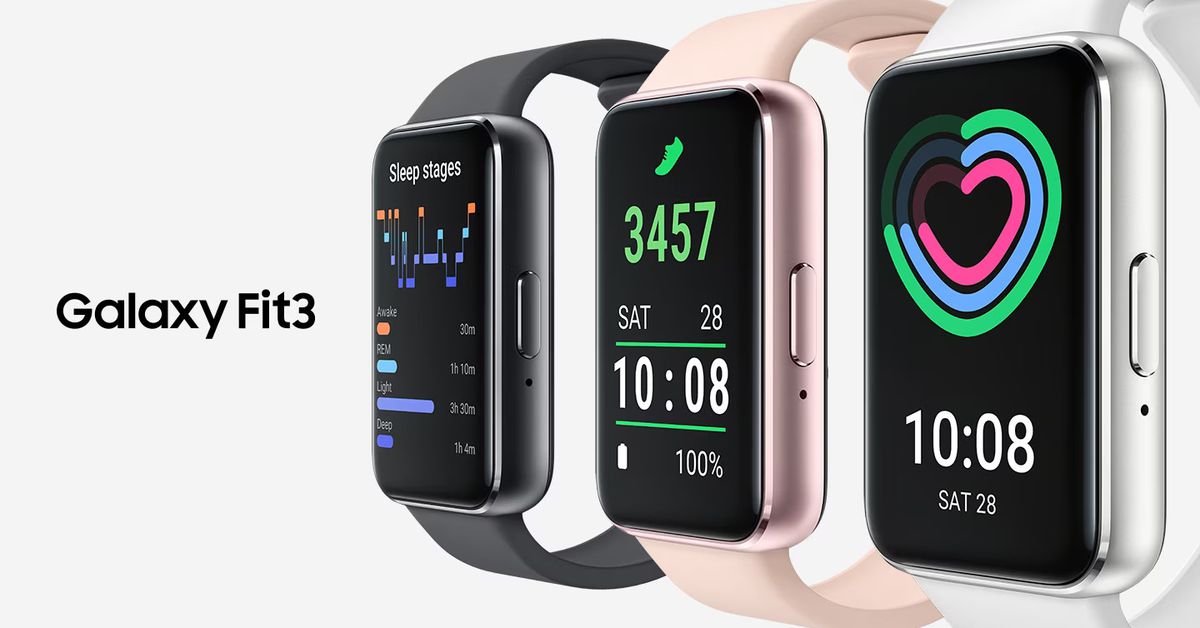When people think of wearables, they often conjure up images of smartwatches. However, 2024 was a relatively quiet year for smartwatches, with iterative updates dominating the market. But in exchange for polished products, we lost some of the excitement and innovation that comes with exploring new ideas. Thankfully, the energy is starting to bubble up again with the emergence of smart rings.
A Brief History of Smart Rings
Smart rings are not a new concept. However, in 2024, there was a renewed interest in this wearable category. Several smart rings were showcased at CES in January, and Samsung’s announcement of the Galaxy Ring in February marked a significant milestone. This move by Samsung, a major player in the smartwatch space, brought what had previously been a niche form factor into the mainstream.
The Revival of Smart Rings
2024 saw a mini renaissance in smart rings, with several new devices hitting the market. I had the opportunity to test several of these new smart rings and was impressed by their innovative features. For instance, the Galaxy Ring can optimize battery life and sensor accuracy when paired with Samsung’s Galaxy Watches. When paired with a Z Fold 6 or Z Flip 6, it can even recognize pinching gestures to control the phone’s camera.
Innovative Features and Ideas
It’s not just Samsung that is pushing the boundaries of smart rings. Companies like Circular Slim and Movano are also experimenting with new features and ideas. The Circular Slim ring, for example, allows users to set silent haptic alarms and attempt an in-app AI chatbot. Movano’s Evie Ring caught my eye for its distinctive open-gap design and ambitious pursuit of FDA clearance for its metrics.
The Arrival of New Players
Casio is also joining the smart ring party with a more retro, low-tech approach. This adds to the excitement and diversity in the market. It’s especially refreshing to see new ideas when you consider that Oura has dominated this space for the past decade. Oura primarily focuses on sleep tracking and recovery, which means we’ve only really thought of smart rings as health trackers until now.
The Rise of Competition
Competition is good for innovation, and it seems like Oura’s dominance in the market may be challenged by new players. The company has been launching new features at a steady clip and exploring new integrations with continuous glucose monitors. Its latest release, the fourth-gen ring, further solidifies its position as a leader in the space.
Challenges Ahead
However, there are still several challenges that smart rings need to overcome before they become mainstream. They’re expensive, and when compared to similarly priced smartwatches, they don’t do quite as much. Moreover, making precise smart rings is challenging due to their small size and the need for even smaller components.
Fit and Size Issues
Another issue with smart rings is fit. Unlike watch straps that can easily adjust to different sized wrists, smart rings require manufacturers to create 10-12 different sizes to encompass a wider range of finger sizes, as well as account for seasonal swelling.
The Future of Smart Rings
While it’s hard to predict the future of smart rings, one thing is certain: the renaissance we’re experiencing now will likely continue in some form. Samsung’s Galaxy Ring has the potential to be a game-changer if it succeeds in the market. If that happens, you can bet that Google and Apple will take notice.
Conclusion
In conclusion, the resurgence of smart rings marks an exciting new era for wearables. With innovative features and ideas emerging from companies like Samsung, Circular Slim, and Movano, this category is finally getting the attention it deserves. While challenges remain, one thing is clear: the interest in smart rings is there, and we’ll have to wait and see if this renaissance will continue or if we’ll go back to Oura being the only game in town.



